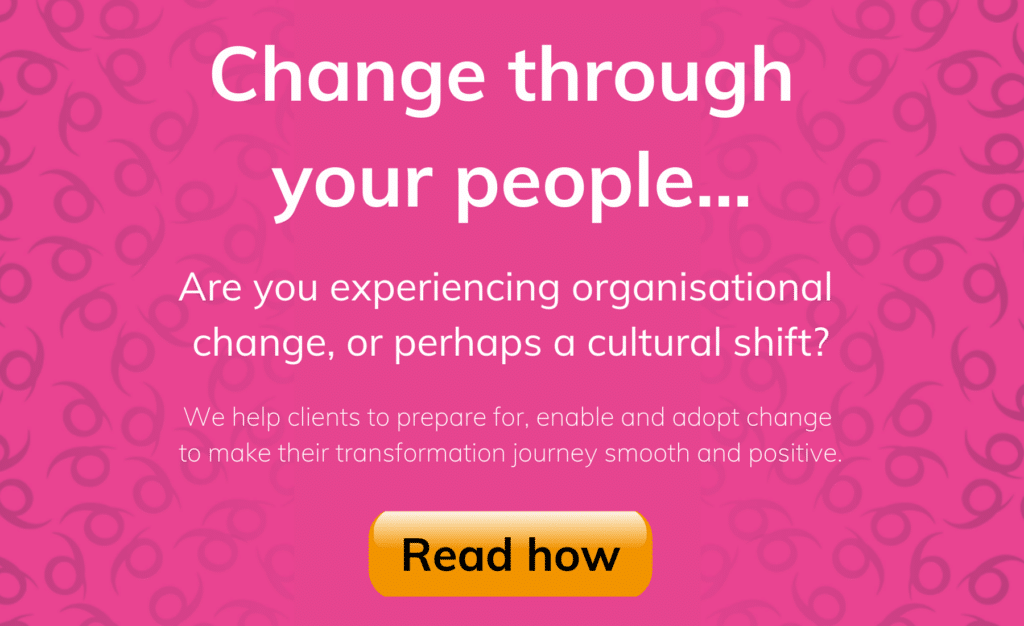Change is a constant. Due to pressures in the economic climate, increased customer demands, efficiencies through technology, shifts in people’s career expectations and an ever-growing landscape of competitors, organisations are forced to adapt quickly, efficiently and relatively painlessly to new ways of working.
Designing major organisational changes is complex and a high stakes undertaking, so it’s essential that the process is done with open communication and a clear vision in mind. Your structure should also be set up to deliver your strategy.
What is organisational design?
Organisational design is something that must not be rushed, and we would like to share a few of our tips to get it right.
- Purpose – be clear around the purpose of an organisational restructure – What is your vision? Why are you doing this and what do you want to achieve?
- Project – treat the organisational redesign as a project with a plan, clear outcomes, resources and milestones. Don’t underestimate the team you will need to take your plan and turn it into an effective and efficient programme of delivery.
- Stay Special – harness the things that differentiate you. What is your unique value proposition?
- Customer centric – the lifeblood of any organisation – design your structure, people and processes in such a way to best service your customers
- People agnostic – too often organisation design discussions focus on whether specific people in posts are the right ‘fit’ for the new structure. The design should not be based on individuals. It must meet the needs of the organisation. Don’t let past history hold you back – design with the future in mind.
- Flexibility – change will happen – ensure that the supporting structures you design are agile and able to respond to and embrace change.
- Optimise Talent – this is an opportunity to make the most of people’s strengths and talents. For many, organisation design is linked with unhappy times and talk of redundancies – but there is a chance to re-motivated individuals and teams – which will help to differentiate you from your competitors. Also invest in leadership development and coaching to drive through change
- Don’t start with the chart – an organisation chart alone doesn’t change ways of working – focus on the desired outcomes and behaviours you want to achieve and pinpoint underlying issues and changes required first – the chart can come later.
- Simplicity – the KISS acronym is key – keep it simple, steer away from dotted-line-multi-manager-matrices approaches and give people clear areas of responsibility and accountability. Also work through the future decision-making framework to ensure it is clear and efficient.
- Communication is key! – this is where you can bring people together or send them running to the hills. So plan your communication and engagement strategy carefully and ensure you have dedicated resources to support you. Focus here is time well spent!
If you would like advice and support on how to overcome challenges to your projects, please get in touch with us at info@ninefeettall.com


